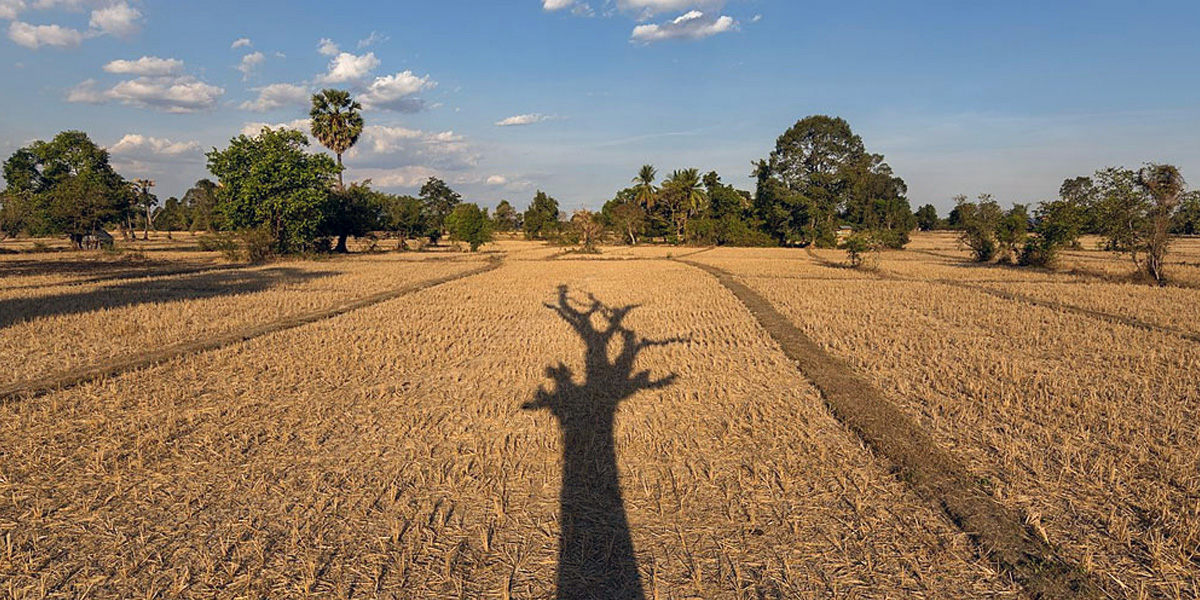
An alarming meteorological development is that August 2023 will rank as the second-dryest August in Pakistan over the past 63 years, with a startling 66% less rainfall than the average.
According to information gathered by the Met Office, this finding puts the current dry spell just behind the record-breaking dry spell of August 1993, when only 16.4 mm of rain fell throughout the entire month.
The effects of the drought have been particularly bad in a number of Pakistani regions. Balochistan experienced its driest August on record, and Punjab and Khyber Pakhtunkhwa (KP) both had their second-driest Augustes, only the infamous August of 1993 was more arid.
Notably, Lower Dir in Pakistan claimed the title of being the wettest location with a total monthly rainfall of 231.0 mm, while Gujranwala in Punjab recorded the wettest day of the month with 102.0 mm of rainfall on August 5.
A rise in temperature was also observed in August 2023, with the national mean monthly temperature rising by 0.19 °C to 30.44 °C. The average daytime temperature was 36.34 °C, while the average nighttime temperature was 0.20 °C higher.
The effects of this unusually dry August are profound because the monsoon and nearly 19% of the nation’s annual rainfall, respectively, are both largely dependent on this month. According to experts, the drought may cause water shortages and agricultural difficulties in the impacted areas.
Forecasters expect the majority of Pakistan’s plains to continue to experience hot, humid weather in the coming days, with isolated rain, wind, and thunderstorms expected in a few places, such as upper Khyber Pakhtunkhwa, Potohar, Islamabad, northeast Punjab, Kashmir, and Gilgit-Baltistan.
Read more: CDA planning to increase metro bus fares







